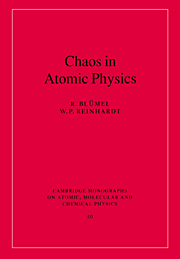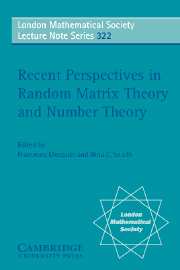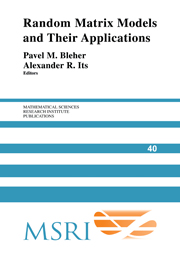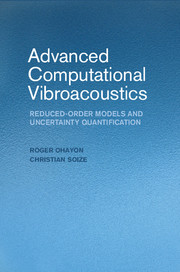New Directions in Linear Acoustics and Vibration
Linear acoustics was thought to be fully encapsulated in physics texts of the 1950s, but this view has been changed by developments in physics during the last four decades. There is a significant new amount of theory that can be used to address problems in linear acoustics and vibration, but only a small amount of reported work does so. This book is an attempt to bridge the gap between theoreticians and practitioners, as well as the gap between quantum and acoustic. Tutorial chapters provide introductions to each of the major aspects of the physical theory and are written using the appropriate terminology of the acoustical community. The book will act as a quick-start guide to the new methods while providing a wide-ranging introduction to the physical concepts.
- Bridges the gap between theoreticians and practitioners of linear acoustics
- Tutorial chapters provide introductions to each of the major aspects of the physical theory
- This is a quick-start guide to the new methods while providing a wide-ranging introduction to the physical concepts
Product details
No date availablePaperback
9781107513457
286 pages
255 × 176 × 18 mm
0.6kg
94 b/w illus.
Table of Contents
- 1. Semiclassical trace formula M. C. M. Wright
- 2. Wave chaos O. Legrand and F. Mortessagne
- 3. Random matrix theory R. L. Weaver
- 4. Gaussian random wave fields M. R. Dennis
- 5. Short periodic orbit theory E. G. Vergini and G. G. Carlo
- 6. Chaotic wave scattering J. P. Keating and M. Novaes
- 7. Elastic plate vibrations N. Søndergaard
- 8. Mesoscopics in acoustics R. L. Weaver
- 9. Diagrammatic methods J. A. Turner and G. Ghoshal
- 10. Time-reversed waves M. Fink
- 11. Ocean acoustics S. Tomsovic and M. Brown
- 12. Mesoscopic seismic waves M. Campillo and L. Margerin
- 13. Random matrices in structural acoustics C. Soize
- 14. Built-up engineering systems R. S. Langley.






